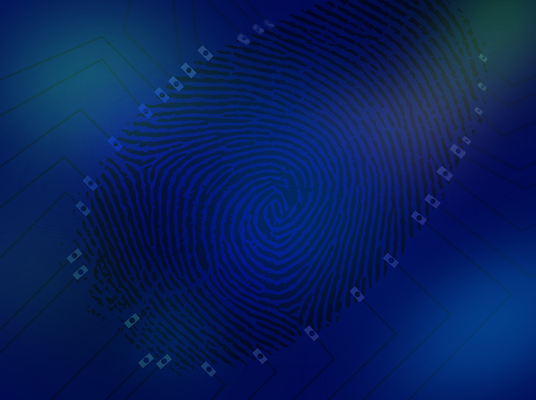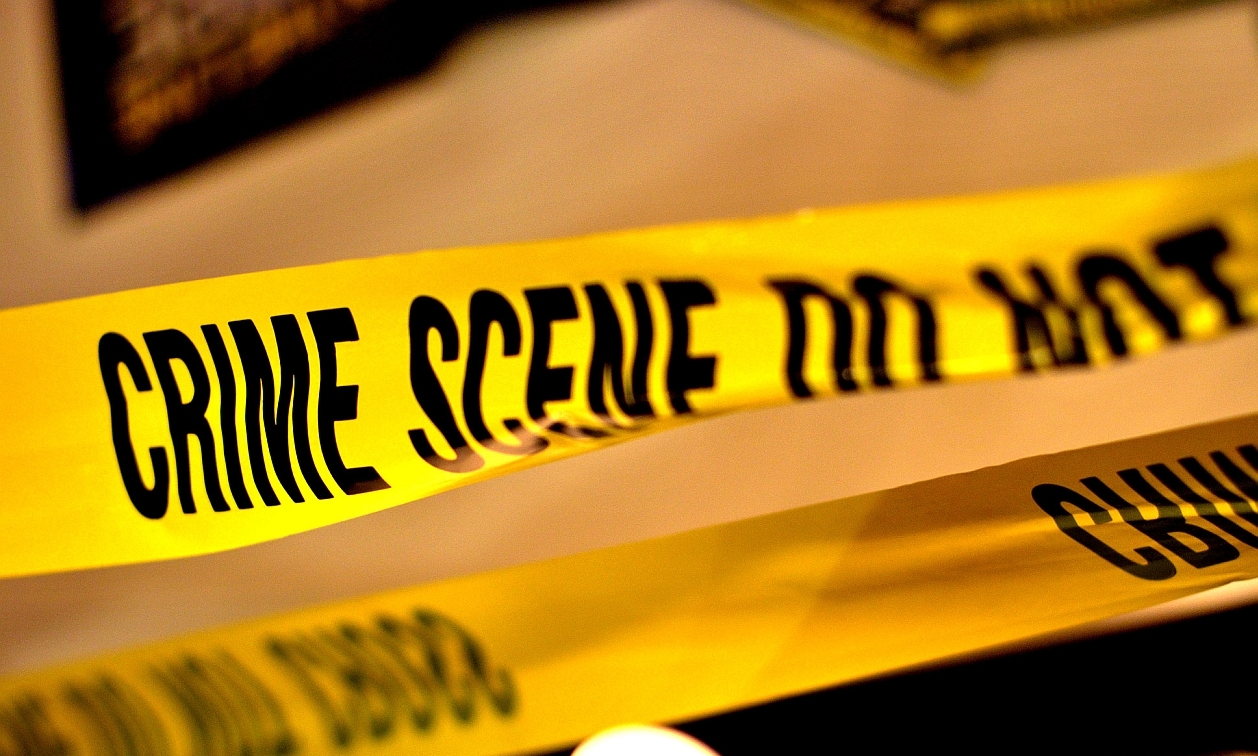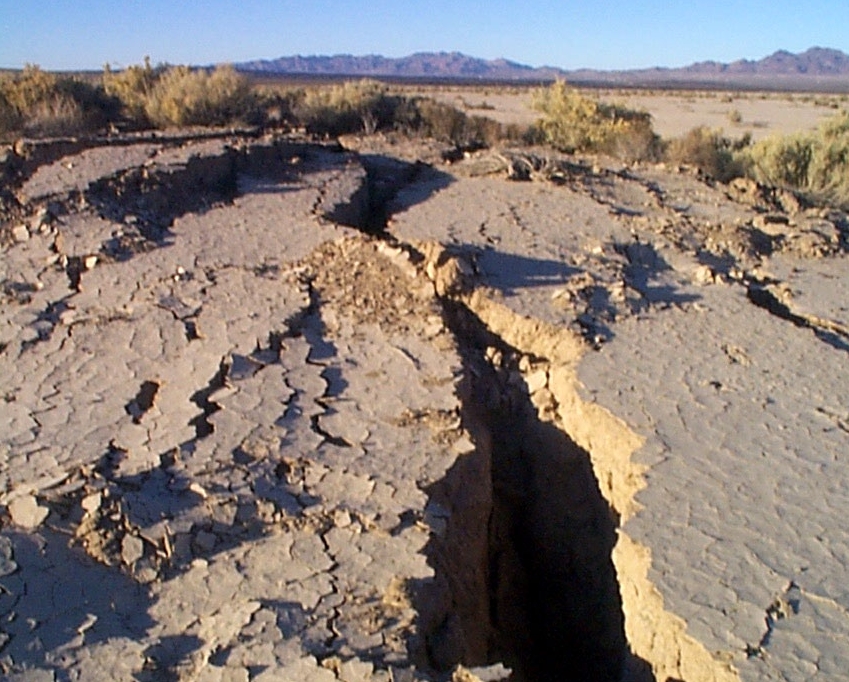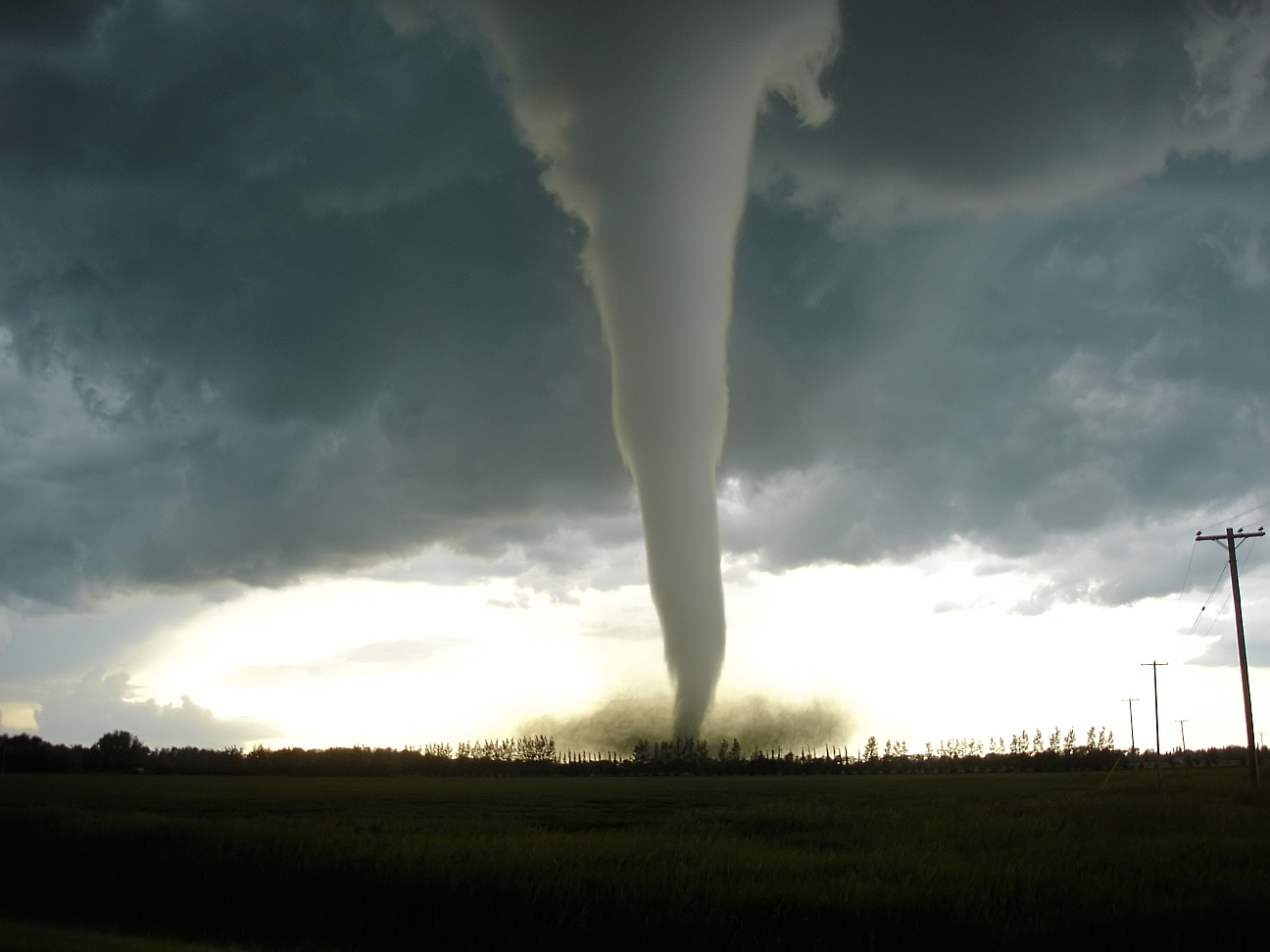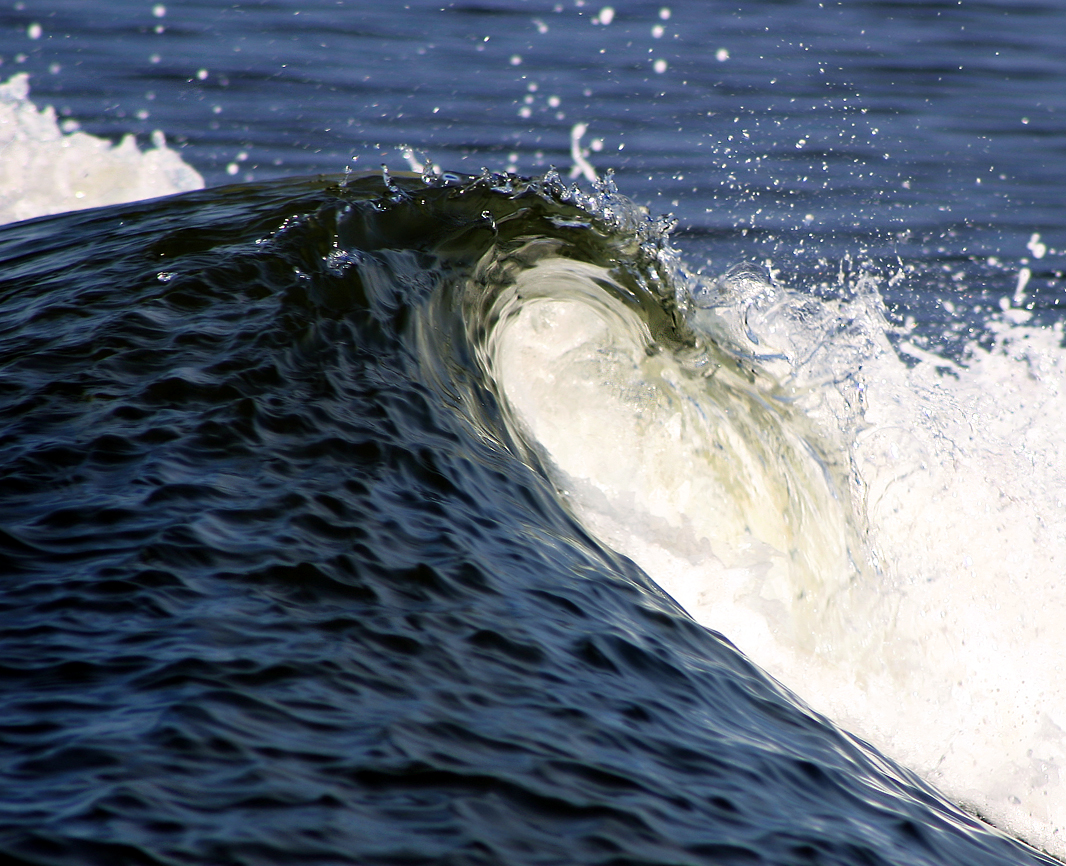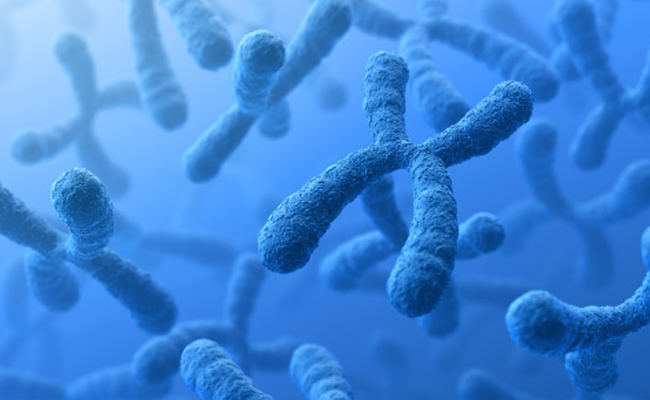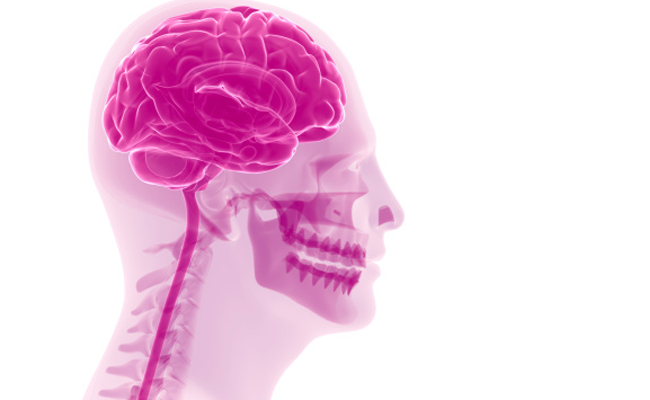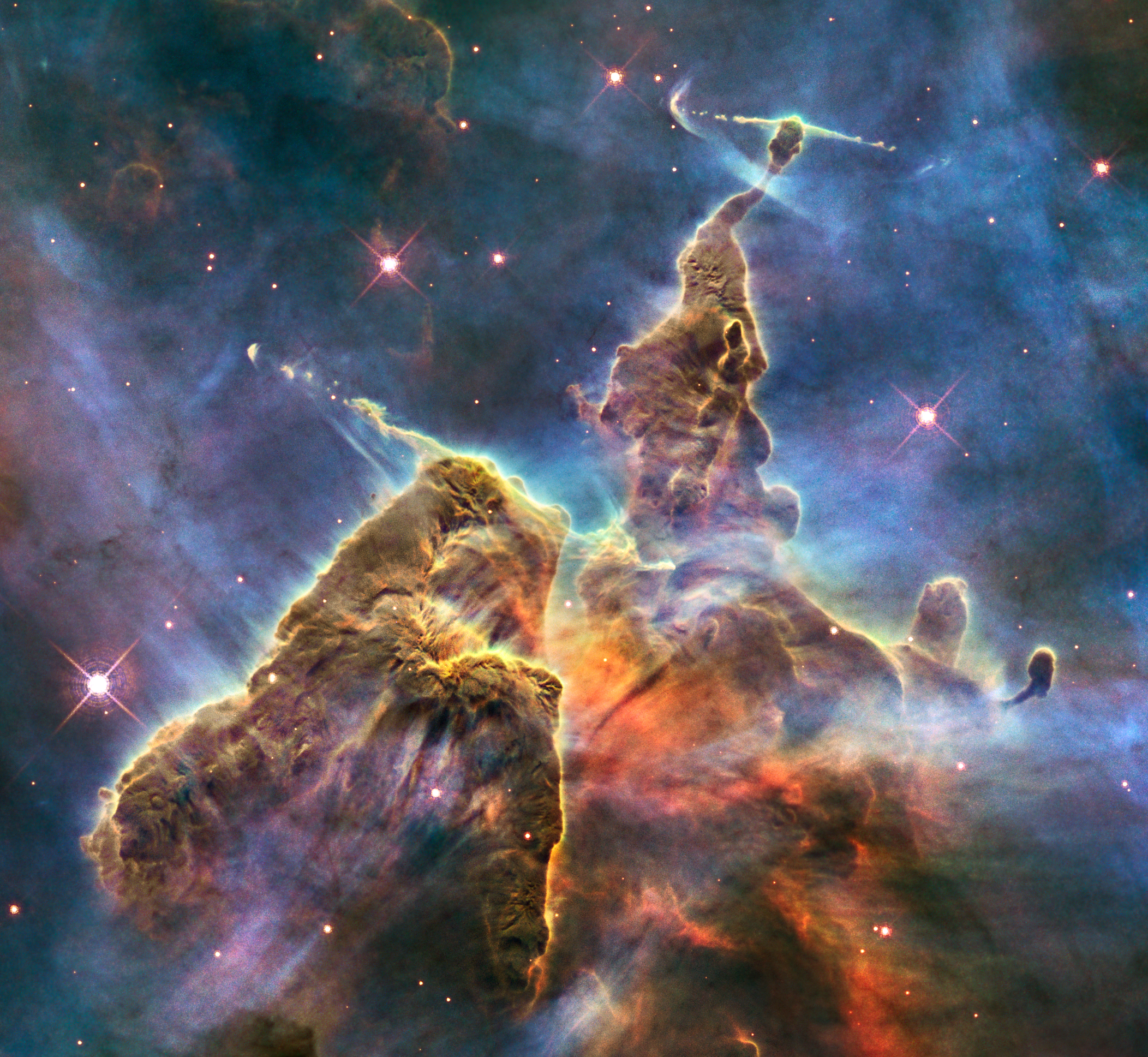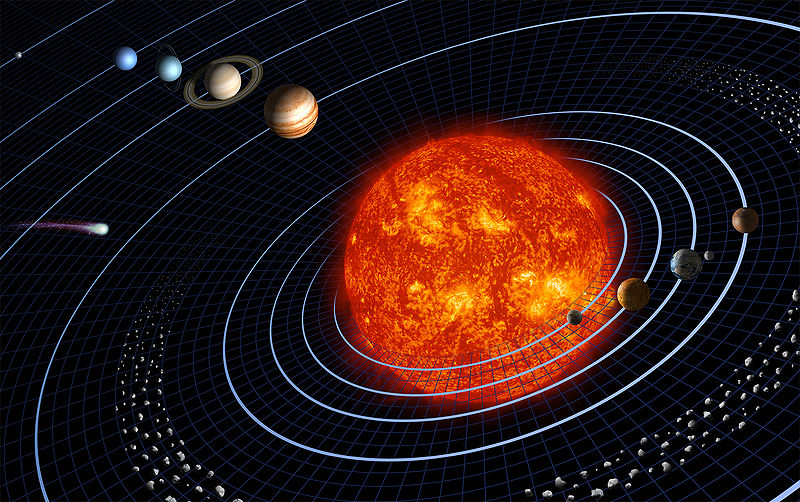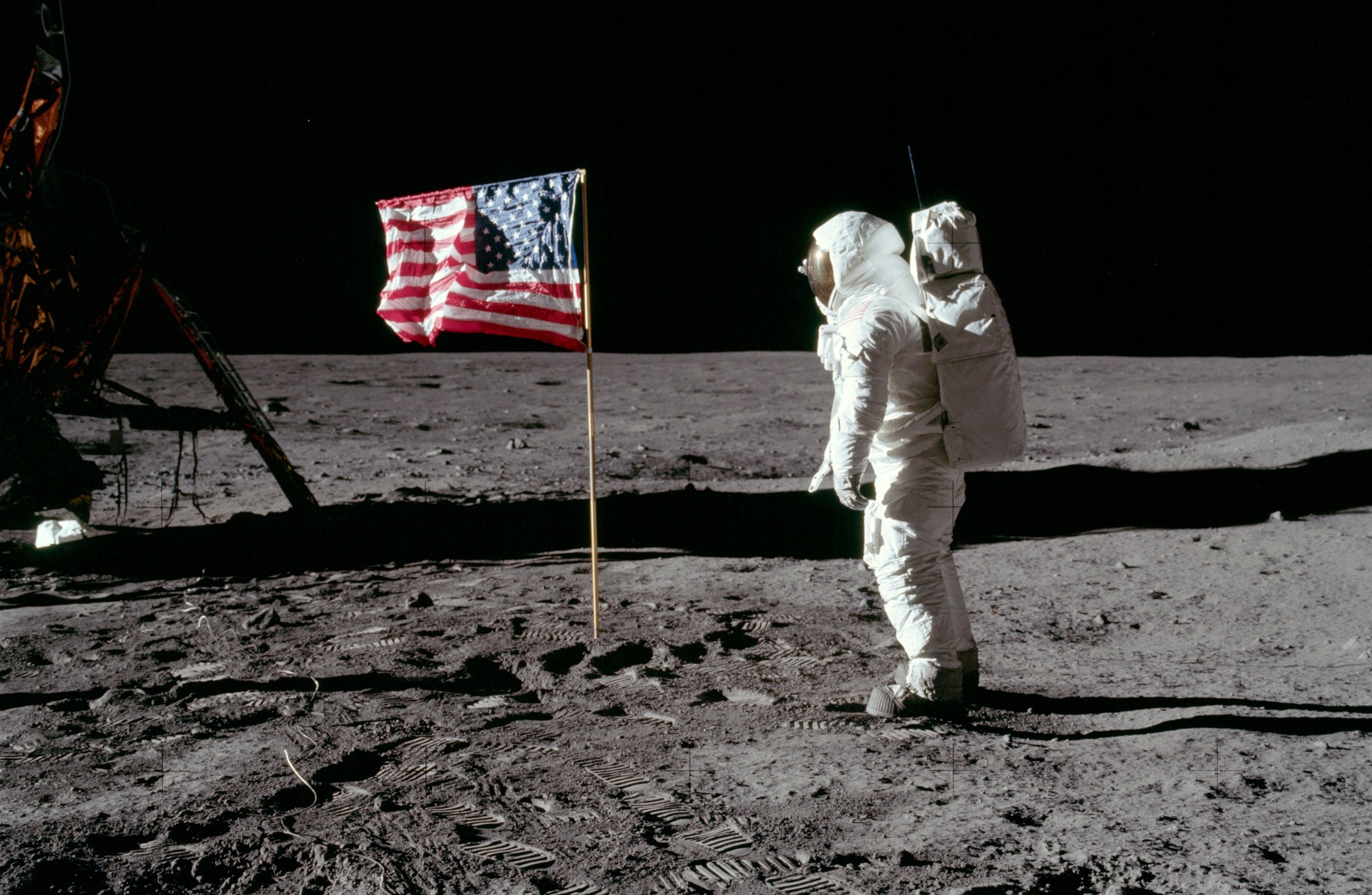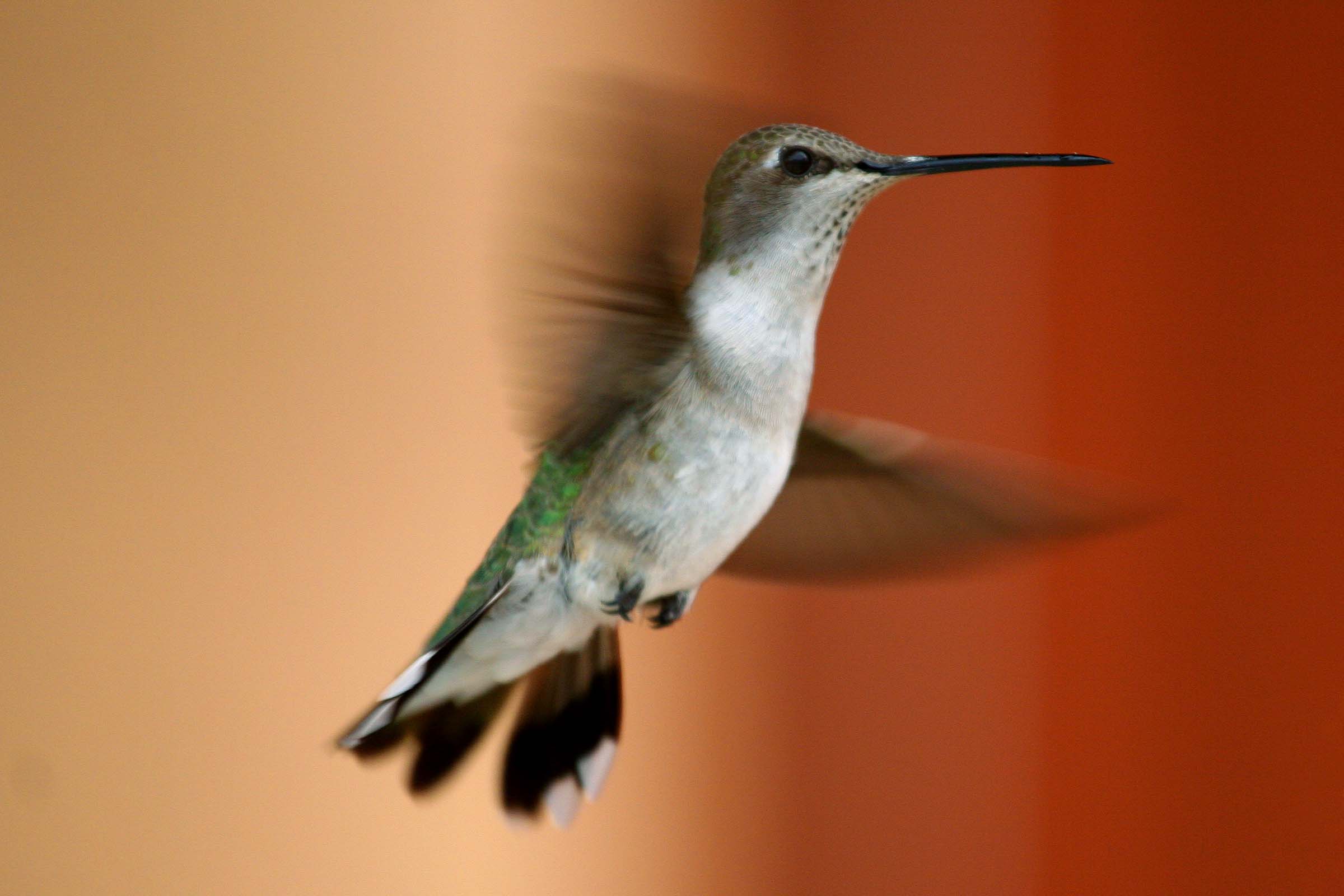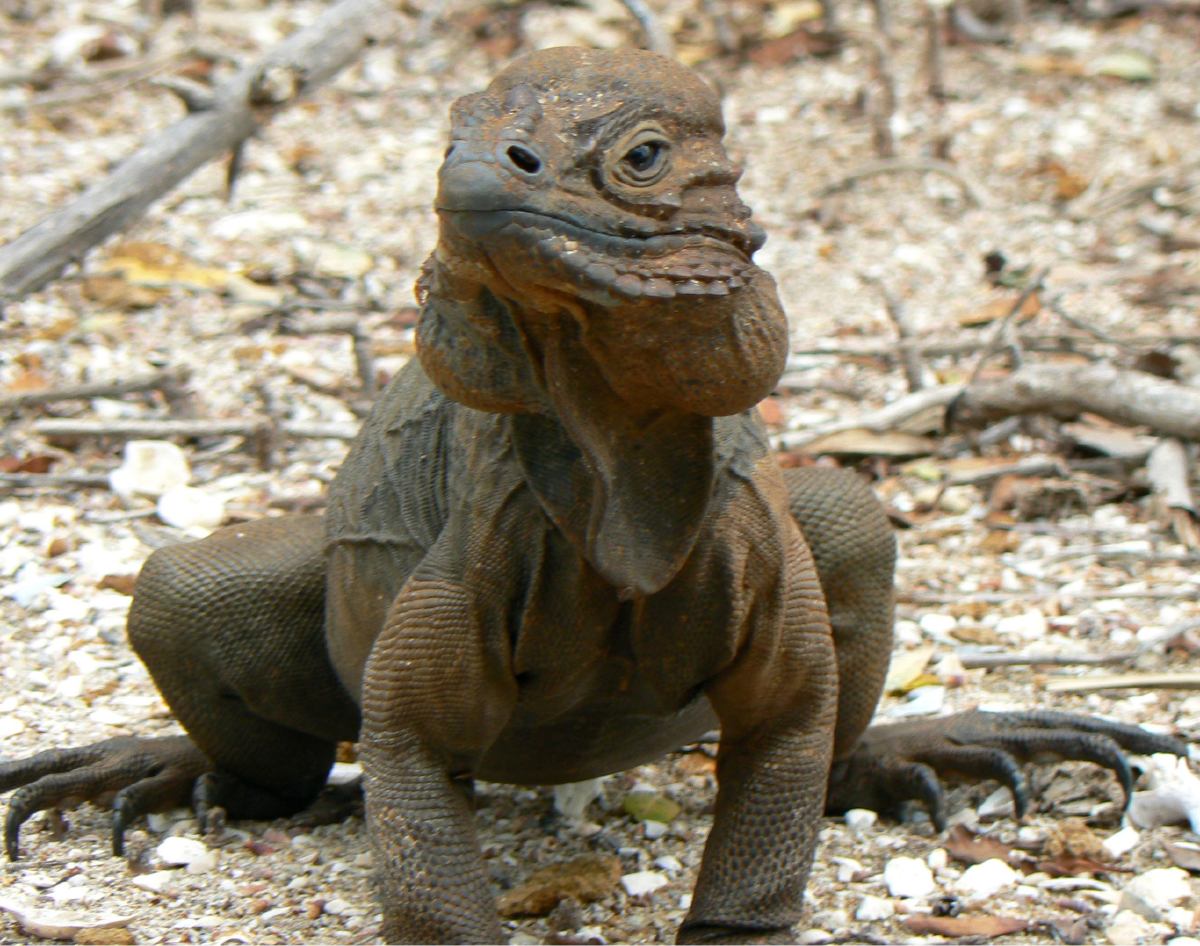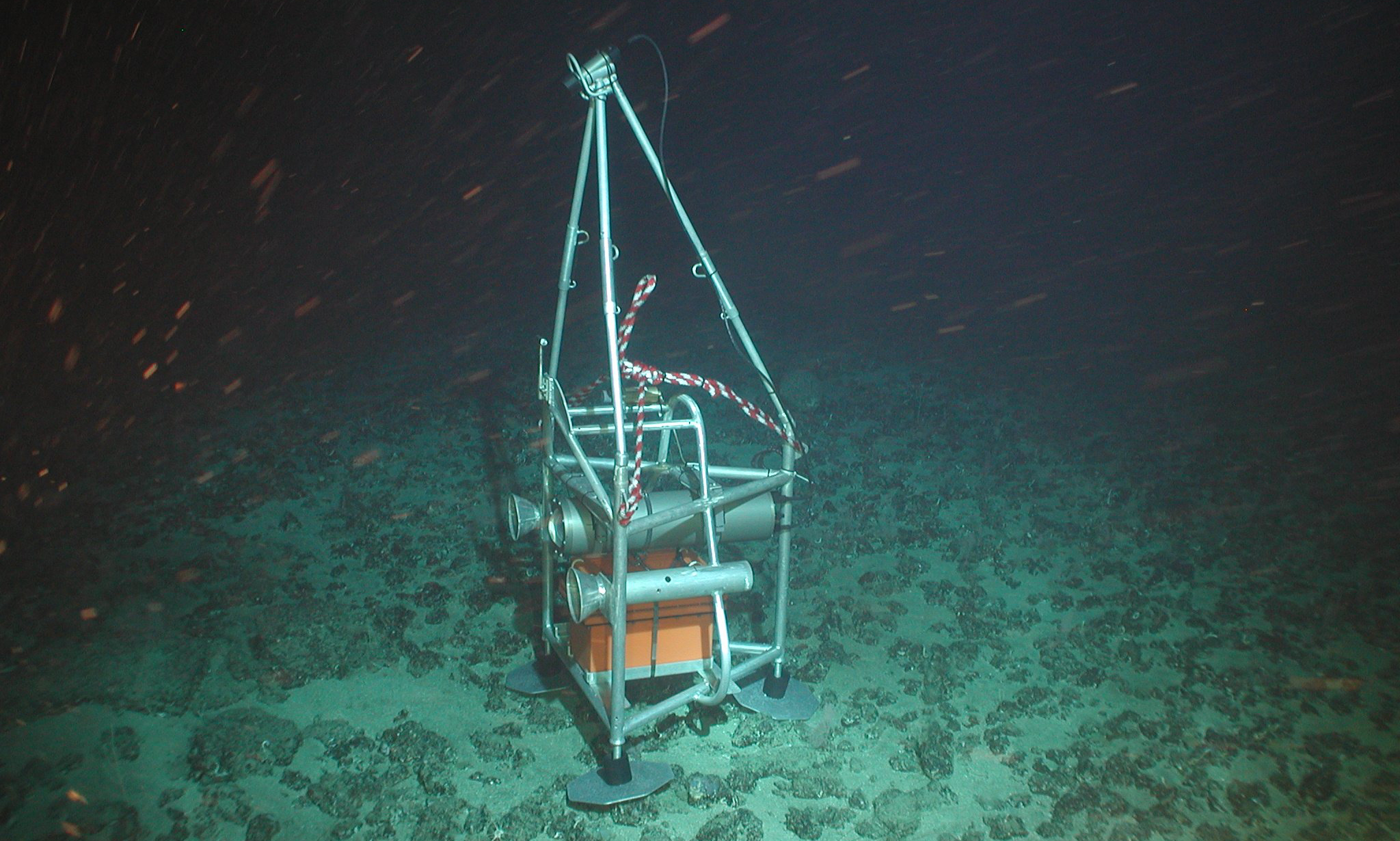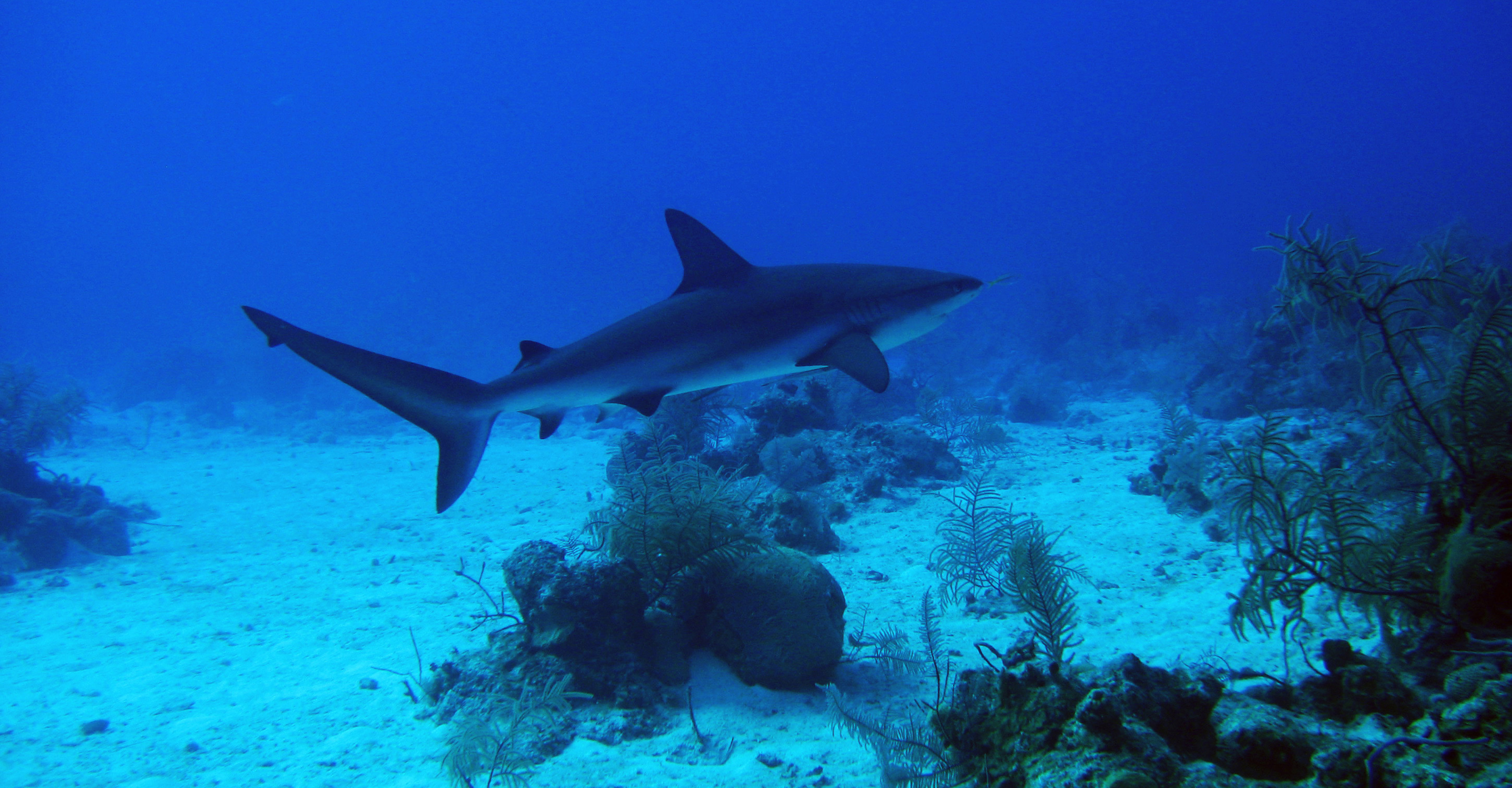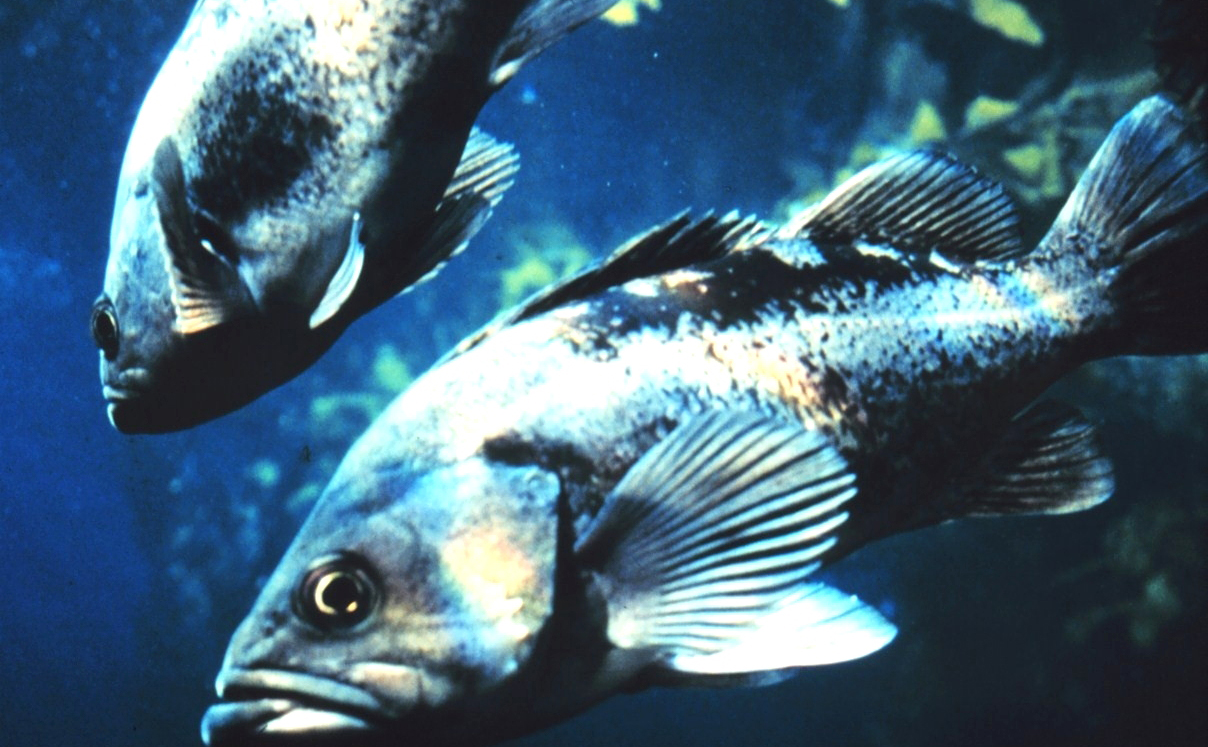Discovery
20 Results
-
Botball

Botball is an educational robotics program where teams of kids work together to build robots and compete in challenges. Help your students join a Botball team or start their own!
-
Observing the Wind Effects Using the Beaufort Wind Scale

No need for expensive equipment with this project. Using a simple technique developed in 1805, your students can observe things around them and determine the speed and effect of the …
-
Components of Blood
Students will use household items to model components of blood. They will learn about the different cells, their sizes, and their functions.
-
Fingerprint Classification
Students will learn about fingerprint classification. By taking fingerprints and making observations, students will follow the scientific method to devise a fingerprint classification…
-
Make an Earthquake!
Students will learn about the different waves generated during an earthquake. This experiment will help them visualize how P waves travel through earthquakes. Adult supervision may be…
-
Make a Cloud!
In this experiment, with the help of an adult, students will learn all about clouds. They will create their own, and learn how and why clouds form.
-
Rubber Band Racer
From this activity, students will learn about the concepts of force, speed, and acceleration. They will also explore the engineering design process!
-
Build an Earthquake-Proof Structure
Students will construct a structure out of drinking straws to see if it can withstand an earthquake. Students will learn about the concepts of force and engineering design to accurate…
-
Reversing Arrows
This activity allows students to explore the properties of light and learn what refraction is. They will draw an arrow, put it behind a glass of water, and will see the arrow turn aro…
-
Cabbage Chemistry

This activity teaches students about the differences between acids and bases, and it also gives them a way to test different materials and see which substances are acids, and which su…
-
Dancing Valentines Day Hearts!
This activity allows students to explore the concepts of carbonation and chemical reactions. They will use Valentine's Day candy and explore scientific concepts!
-
Flower Dissection
This activity teaches students about the different parts of a flower. Students will dissect a flower, and they will learn about the plant and the processes that go on inside the plant…
-
Make Green Slime!

Students will learn about scientific processes and small chemical reactions in this activity! They will use household, non-toxic items to create their own slime! The slime is harmless…
-
Paper Chromatography
In this activity, students will separate the different pigments in a black marker to reveal the different colors that went into the marker. They will learn why and how the different c…
-
Make a Volcano!
Students will learn all about volcanoes and chemical reactions! They will build their own, safe and nontoxic, volcano with items from around the house - baking soda and vinegar.
-
Strawberry DNA
Students will learn how to extract DNA from a strawberry. They will follow the steps of the scientific method and view real DNA in the end!
-
Soda Geyser
This activity teaches students how different foods react with each other. They will drop Mentos into Diet Coke and learn why it reacts this way. They can then test the Mentos with dif…
-
Saint Patricks Day Soda
This activity teaches kids the science behind soda by teaching them how to make it. They will also get to change the color of the soda to green to make it Saint Patrick's Day themed. …
-
Oil and Water
Students will explore the concepts of density and molecule compactness through the mixing of oil and water! They will learn that the solutions do not mix together because their molecu…
-
Balloon Amplifiers
This experiment teaches students about sound conductivity through the simple means of a balloon. The balloon amplifies sound when your ear is close to it, and this experiment explains…

